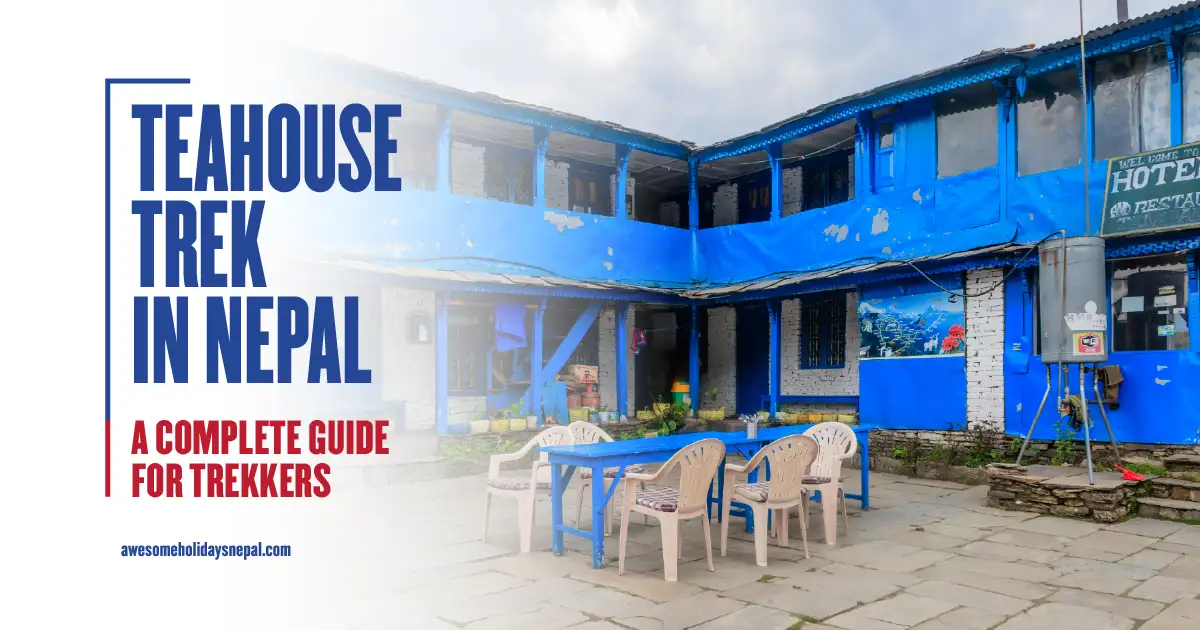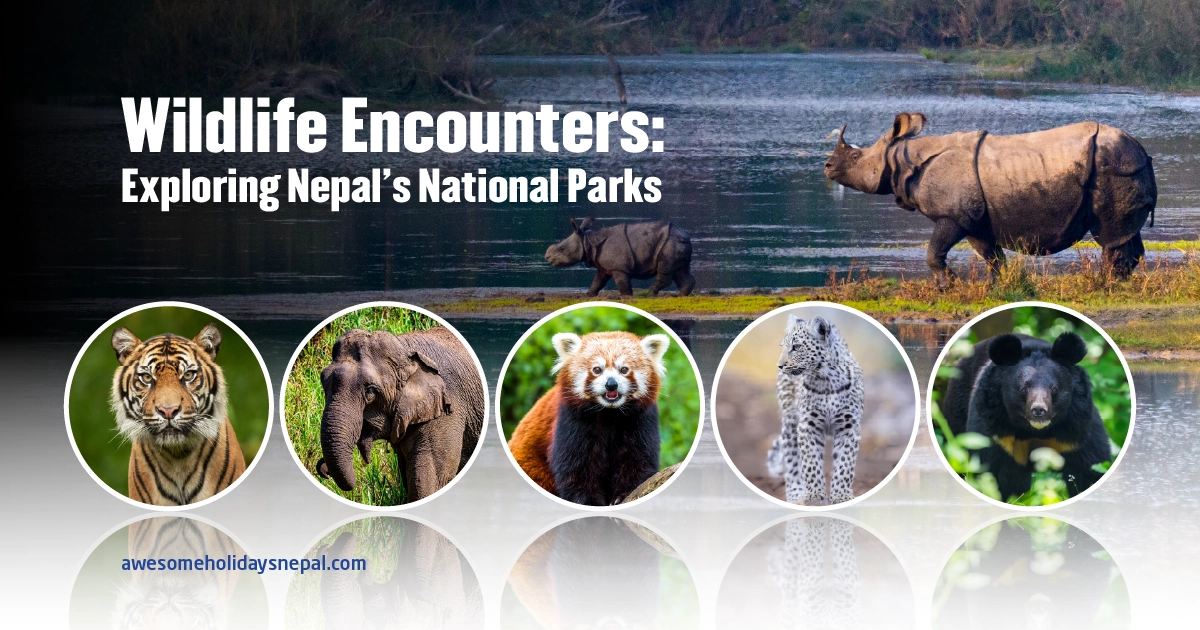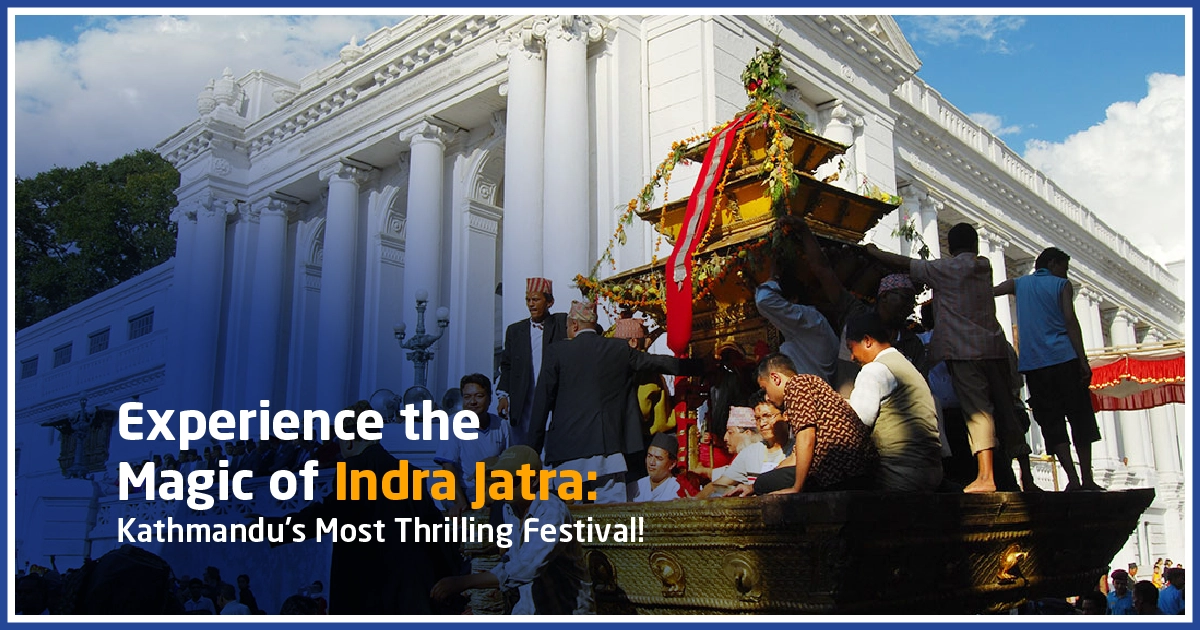Rainbow Valley on Mount Everest: The Haunting Beauty Above the Clouds
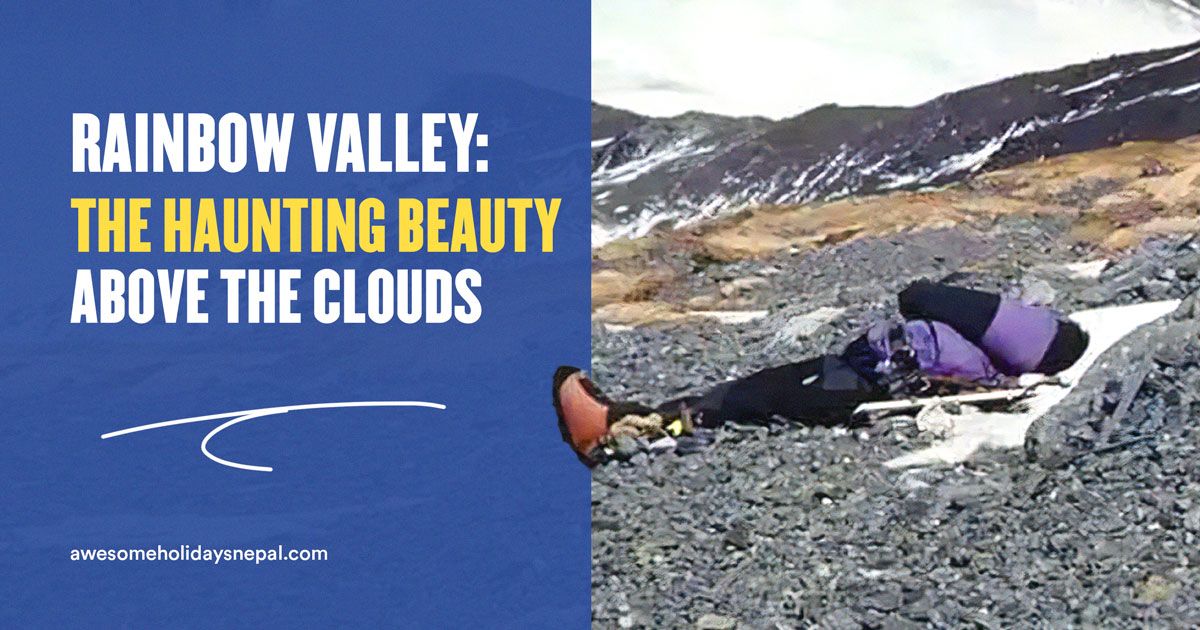
The Rainbow Valley, situated within the perilous heights of Mount Everest, is a place both weird and mesmerizing that’s beyond the daunting death zone.
Unlike its whimsical name, this valley is not adorned with blooming flowers or cascading waterfalls of color. Instead, it is a dark reminder of Everest’s harsh nature, where mountaineers’ dreams and destinies meet their final rest.
Where exactly is Everest’s Rainbow Valley?
The Rainbow Valley is an area below the peak of Mount Everest on the northern ridge. Above 8000 m from sea level, it is called the death zone, full of colorful clothes of the mountaineers who could not make it.
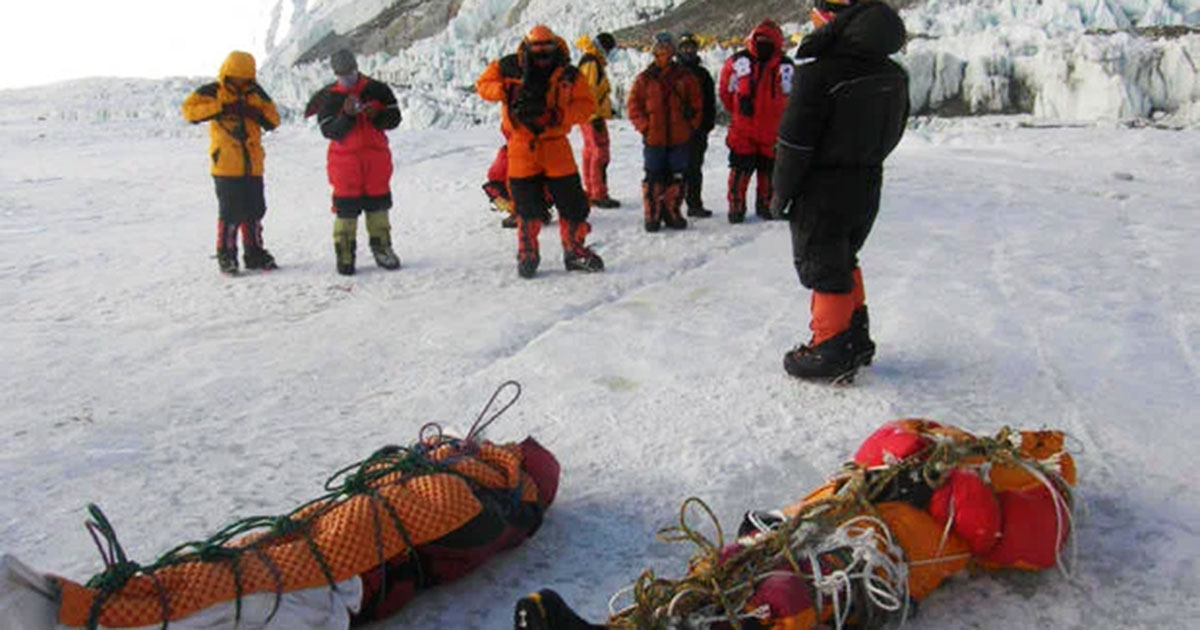
The Rainbow Valley on Mount Everest is filled with the dead bodies of the expeditioners who lost their lives while ascending or descending from the peak. The vibrant mix of colorful jackets, tents, cans, oxygen cylinders, and dumped garbage adds color to the valley, which is visible from the helicopters during the heli tour to Everest.
Why is it called Rainbow Valley on Mount Everest?
One might expect Rainbow Valley on Mount Everest to be a picturesque, vibrant paradise, but its name stems from something far more unsettling and is an irony.
The valley is scattered with brightly colored down jackets, sleeping bags, and tents of collapsed climbers, frozen in time for eternity. The colorful backdrop on the way to the highest peak of the world is a reminder of the tyrannical nature of the mountain.
Sleeping Beauty on Mount Everest: A Haunting Legacy of the World’s Tallest Graveyard
The rainbow-like appearance of the Everest Rainbow Valley in Everest pictures often reveals a contrast between the natural beauty and the tragic stories of unsuccessful climbers intertwined beneath the sky’s celestial dome.
What is the Death Zone?
The region above 8,000 meters is often considered the death zone, where the body begins a slow rebellion due to low oxygen levels. Each breath feels like inhaling liquid fire as the density of air is almost one-third of the sea level.
At this height, surrounded by the blood-freezing temperature, their bodies succumbed to frostbite, exhaustion, or sudden avalanches. The decision-making function of the brain is altered, and the climber gets diffused with hallucinations.
Rainbow Valley on Mount Everest is a graveyard of climbers, where bodies remain untouched as silent warnings. This is the death zone, where the survival of each is uncertain, and many who attempt the climb never return.
| Altitude (m) | Oxygen Saturation (%) |
| Sea Level | 100% |
| 1000 m | 88% |
| 2500 m | 73% |
| 3000 m | 68% |
| 3500 m | 64% |
| 4000 m | 60% |
| 4500 m | 57% |
| 5000 m | 53% |
| 5500 m | 50% |
| 6000 m | 47% |
| 6500 m | 44% |
| 7000 m | 41% |
| 8000 m | 36% |
| 8848.86 m | 33% |
Ethical Dilemmas and The Cost of Recovery
The thin oxygen density, harsh weather, and strong winds made the situation difficult for the recovery of the bodies. Almost all dead bodies are left behind by the fellow members. This sounds unethical, but this is the undeniable fact of the mountain. Due to the extreme altitude and treacherous terrain, rescue missions are nearly impossible.
Among these fallen souls are legendary figures who once dreamt of stepping to the peak of the mountain and returning safe to their families.
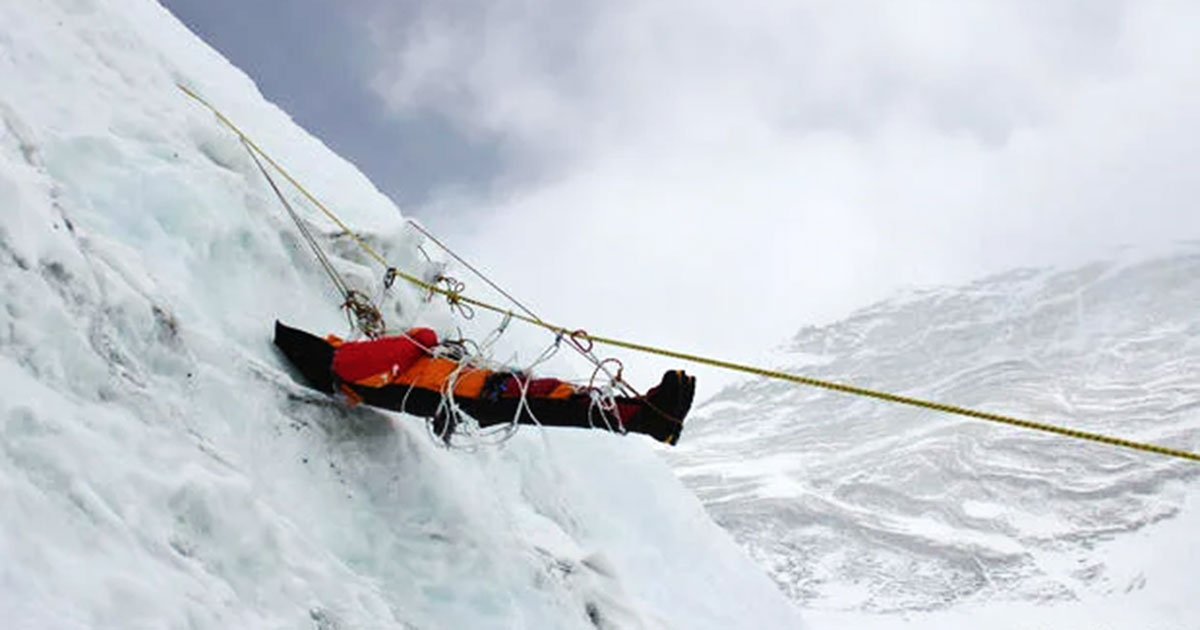
Recovering bodies from Rainbow Valley on Mount Everest is not only a logistical nightmare but also a moral quandary. The cost of retrieval can range from $30,000 to $70,000, requiring elite Sherpa teams to risk their lives in near-impossible conditions.
In the past, many Sherpas have lost their lives during the recovery process. The ethical question is why Sherpa always has to risk their life in the name of recovery. Considering this dangerous fact, the dead climbers are left to make peace with the fact that Everest might be their final resting place.
The Rainbow Valley on Mount Everest: A Horrific Message for Future Climbers
Almost every climber does their research before going to Everest. They are well familiar with the facts of Rainbow Valley on Mount Everest. The songs of the glory of famous stories on Everest, such as the Green Boots, Hannelore Schmitz, and the Sleeping Beauty, are very popular among climbers of Everest.
These landmarks have become a milestone for climbers striving toward the summit. These frozen sentinels, clad in vibrant gear, whisper silent tales of determination, courage, and the ultimate price of ambition.
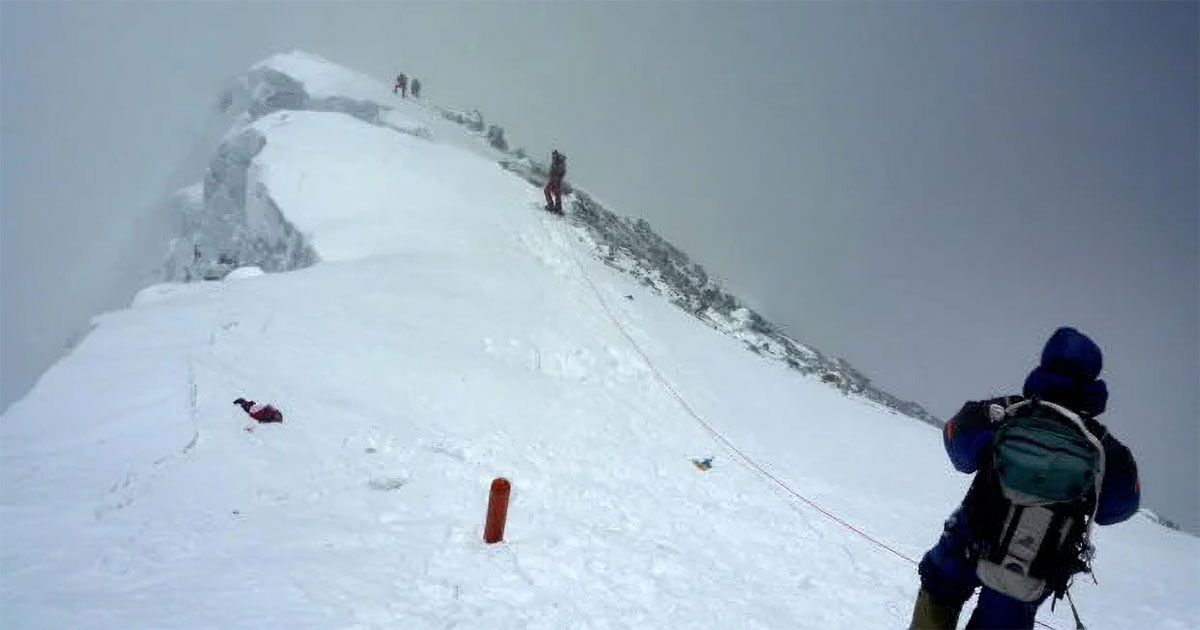
What is the main cause of death on Mount Everest?
Since 1924, more than 300 brave souls have left their bodies in the Rainbow Valley on Mount Everest. As per the Himalayan Database of 2019, almost 5,000 climbers have already descended to the top of Mount Everest, and not all of them returned safely. The majority of the deaths are due to avalanches and altitude sickness.
Other Causes of Death on Everest
- Altitude Sickness: This includes both HAPE (High-Altitude Pulmonary Edema) and HACE (High-Altitude Cerebral Edema), which can be fatal if not treated on time.
- Avalanches: Large snow or ice masses can bury climbers, ultimately killing them.
- Acute Mountain Diseases: This covers conditions like frostbite, hypothermia, and other altitude-related illnesses.
- Fall from the Mountain: Slips, loss of grip, or failure in climbing equipment can lead to fatal falls.
- Exhaustion: Extreme fatigue weakens the body, making survival difficult.
- Crevasse Falls: Hidden crevasses in glaciers can trap climbers.
- Severe Weather: Sudden storms, extreme cold, and high winds can cause frostbite, hypothermia, or death.
- Oxygen Deprivation (Hypoxia): The “death zone” (above 8000 m) has very low oxygen, leading to impaired decision-making and collapse.
- Equipment Failure: Malfunctioning ropes, harnesses, or oxygen systems can lead to accidents.
- Human Error & Poor Decision-Making: Fatigue, low oxygen, or inexperience can lead to fatal misjudgments.
- Traffic Jams: Overcrowding on key routes during the peak season causes delays for the climber and increases the risk of altitude sickness.
The Legacy of Rainbow Valley on Mount Everest:
To some, Rainbow Valley on Mount Everest is a mysterious place of sorrow, filled with the dead bodies of climbers who could not return home. To others, it is a sacred reminder of the relentless pursuit of the great mountains. Whether viewed as a tragic monument or a cautionary tale, it stands as a testament to those who dared to dream beyond the sky.
FAQs
Expand AllWhere is Mount Everest located in Nepal?
Mount Everest is located in the Solu-Khumbu region of Nepal, part of the Himalayas, and lies on the border between Nepal and the Tibet Autonomous Region of China.
Where is the coordinate of Mount Everest?
Mount Everest is located at 27.9881° N latitude and 86.9250° E longitude, on the map of the central Himalayas.
How many Everests are there in Nepal?
There is only one Mount Everest in Nepal, the highest peak in the world.
What is the entrance to Mount Everest called?
The entrance to Mount Everest is typically referred to as the “Gateway to Everest,” which is the town of Lukla. From here, trekkers begin their journey toward Everest Base Camp.
How much does it cost to climb Everest for Nepalis?
The cost for Nepali climbers is significantly lower than that for international climbers. While international climbers can pay upwards of $30,000 for the expedition, the cost for Nepali climbers is much more affordable, usually under $2,000. However, this varies depending on the services and permits involved.
Where is the Death Valley on Mount Everest?
The Death Valley on Mount Everest begins at around 8,000 meters (26,247 feet) above sea level, where oxygen levels are insufficient for humans to survive for extended periods.
Where does the Death Zone start on Mount Everest?
The Death Zone starts at 8,000 meters (26,247 feet), which is above Everest’s South Col and extends to the summit.
Why is it called Rainbow Valley?
It is called Rainbow Valley due to the colorful clothing and gear of fallen climbers that have accumulated in the area over the years, giving the landscape a surreal, rainbow-like appearance.
Who climbed Mount Everest 21 times?
Apa Sherpa, a Sherpa mountaineer, is famous for having summited Mount Everest 21 times, setting a record for the most Everest ascents.
Will Nepal survive a zombie apocalypse?
This is a fun, hypothetical question. Given Nepal’s mountainous terrain and remote villages, some believe it could be a haven in a disaster scenario. However, surviving such an event would require significant resources and preparation.
What is Rainbow Valley on Everest?
Rainbow Valley is the region near the summit of Mount Everest, just below the Death Zone (above 8,000 meters), where the bodies of deceased climbers lie scattered along the path. The area got the name Rainbow from the bright, colorful down jackets and gear the dead were wearing, creating a tragic yet striking visual.
Where is Rainbow Valley on Everest?
Rainbow Valley is located below the northeast ridge of Mount Everest, near the summit and close to the route used by climbers ascending from the north (Tibet) side. It sits within the Death Zone, where oxygen levels are dangerously low.
How many bodies are in Mount Everest's Rainbow Valley?
There is no any official record but more than 200 bodies are believed to remain on Mount Everest, with dozens specifically in Rainbow Valley. The exact number is unclear due to shifting ice, rockslides, and changing routes.
Why is Rainbow Valley on Everest so dangerous?
The Rainbow Valley lies at an extreme altitude of over 8,000 meters, where there is a lack of oxygen and poses the risk of hypoxia. The weather in Death Valley is unpredictable, and sudden storms can occur.
Can you visit Rainbow Valley on Everest?
Only those climbers attempting the summit of Mount Everest via the northeast route typically pass through or near Rainbow Valley. It’s not a destination for tourists and can only be “visited” by experienced high-altitude climbers during summit attempts.
How many climbers have died in Rainbow Valley?
There’s no precise number, but over 330 climbers have died on Everest in total. Some of the bodies are brought back, but many of them remain there.
When was Rainbow Valley discovered on Everest?
There’s no official discovery date. The term Rainbow Valley came into use informally among climbers and expedition guides in the late 20th century as the death toll rose and the visual imagery of the area became known.
Who was the first climber to pass Rainbow Valley?
It’s not known who travelled through the Rainbow Valley for the first time, but climbers from the 1960s and 70s likely passed through the area when summit attempts from the north side became more common.
The name Rainbow Valley became popular later on, as more bodies accumulated there.
What is the significance of the colorful clothing found in Rainbow Valley?
The bright jackets and gear worn by fallen climbers were designed for visibility and insulation.
These clothes also sometimes help the climbers to trace back the path they chose while returning from the peak of Everest.
How do bodies remain preserved in Rainbow Valley on Everest?
Rainbow Valley is the region in the death zone above 8000. The temperature in the Rainbow Valley on Everest drops to -19°C to -36°C. Due to this extremely low temperature, the dead bodies have been frozen for years.
Is Rainbow Valley a popular spot for climbers on Everest?
Rainbow Valley is not a destination but a region in Everest that looks colorful because of the clothes, tents, and personal gear of the climbers who have lost their lives over time.
What challenges do climbers face near Rainbow Valley in Everest?
The Rainbow Valley in Everest lies above 8000 m. Above this altitude, the atmospheric pressure is extremely low, and the atmospheric oxygen cannot sustain human life for extended periods. Hence, this region is also called the Death Zone.
Related blog posts
Discover a choice of tourist destinations loved by most of our visitors. Whether you're on a jungle safari to spot rare animals or walking through a world heritage site, these well-planned itineraries cover the major highlights of Nepal.


